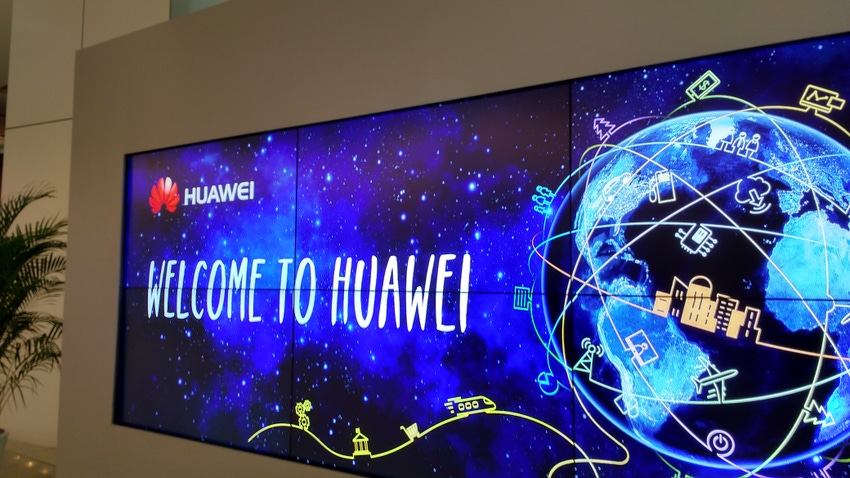Huawei has reported its numbers for the first six months of 2017, hording an impressive $42.03 billion, but at 15% year-on-year growth it is the slowest in four years.
July 27, 2017

Huawei has reported its numbers for the first six months of 2017, hording an impressive $42.03 billion, but at 15% year-on-year growth it is the slowest in four years.
Overall, most people shouldn’t let the decline in year-on-year growth dampen this party too much, it did after all bring in a ridiculous amount of cash. Nokia and ZTE will be reporting their numbers before too long, while Ericsson declined by a further 13%, but you can expect Huawei to continue to reign supreme for at least a bit longer.
As a private company, Huawei is not obliged to detail the specific performance of any division, and it has chosen not to do so. So no more to add there really.
And while it might be too early to make such predictions, might this decline in year-on-year growth indicate customers are losing their appetite for Huawei products?
Let’s just be clear here, year-on-year growth as a percentage was always going to decrease. There is only so much business you can collect and continue to post absurd numbers, however there is likely to be a saturation point which could prove as a catalyst for competitor growth.
A couple of months ago, we were out in Lisbon speaking to a couple of people from WeDo Technologies and the conversation predictably turned to Huawei. The Huawei success is down to a good business model, competitive pricing and, ultimately, Huawei being more innovative, but this can only go on for so long. Being reliant on one vendor and creating a vendor lock-in situation organically is a real risk here.
At some point, executives are going to have to give the command to look into other options, even if they are lesser. In a vendor-lock in situation, the power lies with the vendor. This is worst-case scenario for a customer; you have no control over the terms when you should.
Now, we do not pretend to have a crystal ball, and it might be premature to assume the recovery of competitors such as Nokia and Ericsson, however Huawei’s success could logically provide the stimulus that the other need to start playing catch-up. The next quarter will provide a lot more clarity to whether this is a realistic trend, as will the Nokia and ZTE quarterly results in the very near future.
About the Author(s)
You May Also Like








.png?width=300&auto=webp&quality=80&disable=upscale)


_1.jpg?width=300&auto=webp&quality=80&disable=upscale)


.png?width=800&auto=webp&quality=80&disable=upscale)